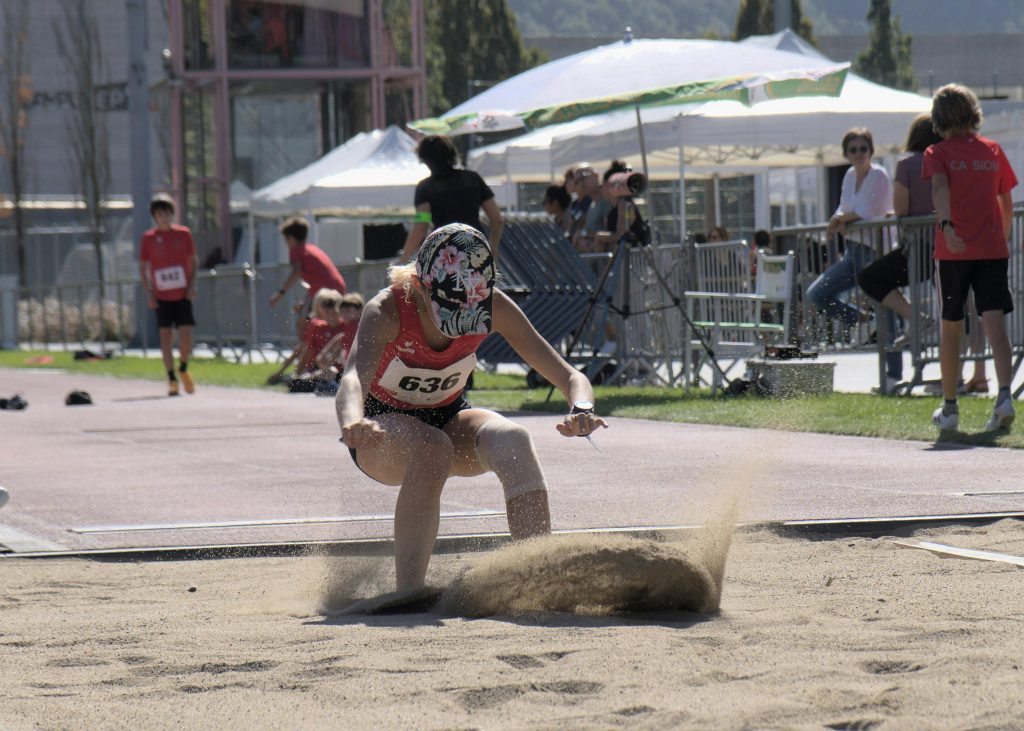Understanding GPU Benchmark Discrepancies: The Case of the RTX 3060
If you’ve recently upgraded your graphics card and noticed that your benchmark results don’t align with expectations, you’re not alone. A common scenario involves enthusiasts installing a new GPU only to find that the performance metrics resemble those of a substantially older or lower-tier card. Let’s delve into a real-world example and explore potential causes and solutions.
Case Overview
A user reported installing a Zotac Gaming GeForce RTX 3060 Twin Edge 12GB GDDR6 graphics card. Despite meticulously following best practices—booting into safe mode, using Display Driver Uninstaller (DDU) to remove existing drivers, and installing fresh drivers via NVCleanstall—the benchmarking tool indicated performance comparable to a much older GPU, such as an older GTX 980 or even lower.
This discrepancy prompted the question: Is there a hardware or software setting preventing the new GPU from reaching its expected performance levels?
Possible Causes and Solutions
- Incorrect or Outdated Drivers
- Even with clean installation, driver misconfigurations can occur.
-
Solution: Ensure you’ve installed the latest NVIDIA drivers directly from the official website. Avoid using manufacturer-specific or outdated driver packages.
-
Hardware Compatibility or Connection Issues
- Check that the graphics card is properly seated in the PCIe slot and that power connectors are securely attached.
-
Verify that the motherboard BIOS is updated to support newer GPUs.
-
Power Supply Limitations
- Insufficient power or faulty power delivery can throttle GPU performance.
-
Confirm that your power supply unit (PSU) meets the RTX 3060’s requirements and is functioning correctly.
-
Software and BIOS Settings
- FPS or performance drops may be due to power saving modes or incorrect BIOS configurations.
-
Verify BIOS settings such as PCIe configuration (preferably set to Gen 3 or Gen 4 if supported) and disable any power-saving features that may limit GPU performance.
-
Performance Throttling or Hardware Malfunction
- If the GPU is defective or damaged, it may operate at reduced performance levels.
-
Consider testing the card in another system or running hardware diagnostics.
-
Monitoring During Benchmarks
- Ensure that no other background processes are consuming resources.
- Use monitoring tools to observe GPU utilization, clock speeds, and temperature during testing.
Additional Tips
- Reset the System BIOS to default settings and test again
Share this content:



